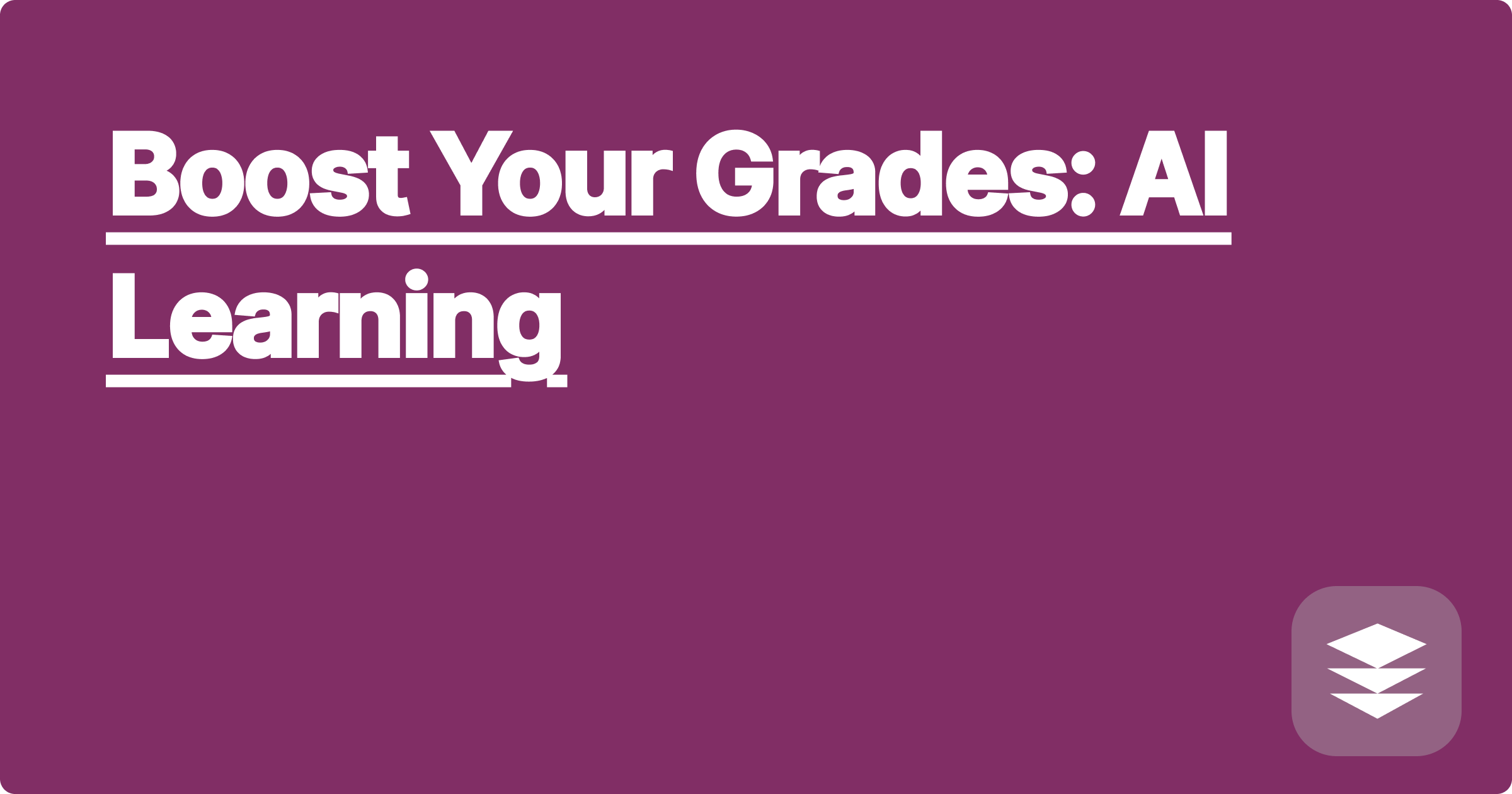
The demanding landscape of STEM education and research often presents a significant challenge: the sheer volume and complexity of information students and researchers must process. From intricate mathematical concepts to dense scientific literature, the struggle to effectively absorb and apply this knowledge can be overwhelming. Artificial intelligence (AI) offers a powerful new set of tools to navigate this complex terrain, providing opportunities to enhance learning, streamline research, and ultimately boost academic performance. By leveraging AI's capabilities, STEM students and researchers can unlock new levels of understanding and efficiency.
This matters significantly because the competitive nature of STEM fields requires students and researchers to constantly push the boundaries of their knowledge and skills. AI can act as a powerful ally in this endeavor, providing personalized learning experiences, automating tedious tasks, and offering insights that might otherwise be missed. Embracing these tools can be the key to not only surviving but thriving in the demanding world of STEM.
STEM fields are characterized by complex concepts, intricate calculations, and vast amounts of data. Students often grapple with understanding fundamental principles, applying theoretical knowledge to practical problems, and keeping up with the rapid pace of new discoveries. Researchers face similar challenges, spending significant time on literature reviews, data analysis, and the development of new methodologies. These challenges can lead to frustration, decreased productivity, and ultimately, a negative impact on academic performance. The traditional methods of learning and research, while valuable, may not be sufficient to effectively address these complexities in the modern era.
AI-powered tools like ChatGPT, Claude, and Wolfram Alpha offer innovative solutions to the challenges faced by STEM students and researchers. ChatGPT and Claude, for instance, can be used to clarify complex concepts, generate explanations in different formats, and even provide practice problems with step-by-step solutions. Wolfram Alpha excels at complex computations, symbolic manipulations, and providing access to a vast knowledge base of scientific data and formulas. These tools can be seamlessly integrated into the learning and research process, augmenting traditional methods and providing a personalized, on-demand learning experience.
Let's imagine you're struggling to understand a concept in thermodynamics, specifically entropy. You can begin by asking ChatGPT or Claude to explain entropy in simple terms, providing analogies or real-world examples. Then, you can delve deeper by asking for a more technical explanation, including the relevant equations and their derivations. If you encounter a complex integral related to entropy calculations, you can use Wolfram Alpha to solve it step-by-step, showing the intermediate steps and providing alternative solution methods. Finally, you can use these tools to generate practice problems and test your understanding, solidifying the concepts and building your confidence.
Consider the application of AI in solving a differential equation. Suppose you encounter the equation y'' + 2y' + y = e^(-x). You can input this equation directly into Wolfram Alpha, which will not only provide the general solution but also plot the solution graphically, offering a visual representation of the equation's behavior. Furthermore, Wolfram Alpha can provide step-by-step solutions illustrating the methods used, such as the method of undetermined coefficients or variation of parameters. Similarly, if you are researching the properties of a specific material, you can use Wolfram Alpha to access data on its physical and chemical properties, including melting point, boiling point, density, and crystal structure. This allows for quick access to reliable data, streamlining the research process.
Another example involves using ChatGPT to understand a complex concept like quantum entanglement. You can ask ChatGPT to explain quantum entanglement in different ways, perhaps using analogies or by relating it to other quantum phenomena. You can even ask it to generate a hypothetical experiment to illustrate the concept. This interactive learning approach can significantly enhance your understanding and retention of complex material.
To effectively leverage AI in STEM education and research, it's crucial to develop a strategic approach. First, clearly define your learning objectives or research goals. Knowing what you want to achieve will help you utilize AI tools more effectively. Second, experiment with different AI tools to find the ones that best suit your learning style and research needs. Each tool has its strengths and weaknesses, so exploring different options will help you identify the most effective tools for your specific tasks. Third, don't rely solely on AI. Use these tools as supplements to traditional learning and research methods, not as replacements. Finally, critically evaluate the information provided by AI. While these tools are powerful, they are not infallible. Always double-check the information and verify its accuracy using reliable sources.
Concluding, the integration of AI into STEM education and research presents a transformative opportunity. By understanding the capabilities of AI tools and developing strategies for their effective use, students and researchers can unlock their full potential, enhance their learning experience, and ultimately achieve greater academic success. Start exploring these tools today and discover the power of AI-driven learning.
AI Chemistry Solver: Ace Exams
AI Statistics Help: Data Analysis